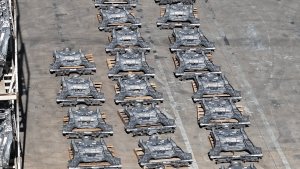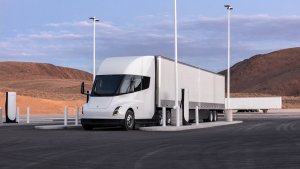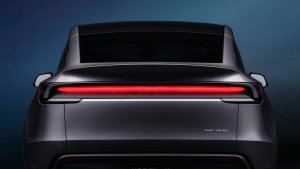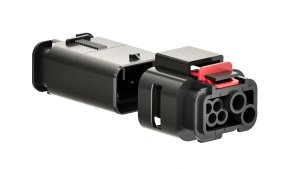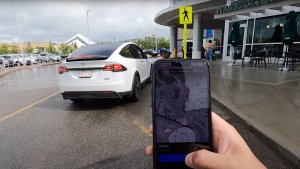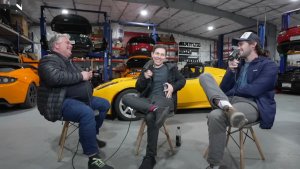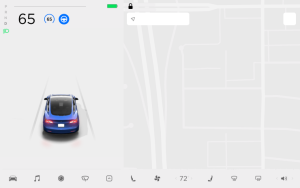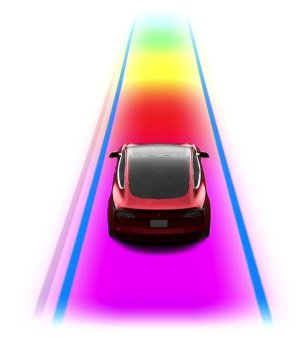Tesla’s 4680 Battery Cell Director Talks Development, Manufacturing, and What’s Next

Tesla’s ambitious 4680 cell program has been pivotal for its vehicle roadmap - and in particular, for the Cybertruck. Bonnue Eggleston, Tesla’s Senior Director for the 4680 cell project at Tesla, recently sat down with Sandy Munro on Munro Live, offering valuable insights into cell development, manufacturing hurdles, and Tesla’s future trajectory. You can watch the video in its entirely below.
The 4680 cell, like many batteries, is characterized by its dimensions: 46mm in diameter and 80mm long. Tesla is currently producing the 2nd generation of the 4680 - internally known as the Cybercell - which is shipped with every variant of the Cybertruck. This Gen 2 variant is a considerable step up from Gen 1 - whose limited production was cancelled following the slow charging issues with the 4680 Model Y.
Prototypes are Easy; Production is Hard
Bringing the 4680 from a concept cell to mass production hasn’t been easy, but according to Tesla, it has now become Tesla’s cheapest cell per kWh. Eggleston emphasized in the video that scaling up was an immense challenge - and required an extreme attention to detail.
With a team possessing a broad skill set, it took considerable effort to bring the 4680 to life, starting from the raw electrode material and progressing through the crucial formation process.
Breaking Barriers
To overcome these hurdles, Eggleston’s team leaned into innovation and focused on new processes that had not been utilized in the battery world yet. The groundbreaking new dry electrode process is the key here, which eliminates the use of toxic solvents and large ovens required in traditional production methods. This reduces internal factory footprint, while also being cleaner and safer, building a better cell from the ground up.
Complementing this, Tesla has also been developing a custom electrolyte formulation in-house, tailored specifically for their anode, cathode, and separator materials, all aimed at expanding their deep vertical integration.
This vertical integration has been key to the 4680 program, and Tesla has further extended it, with in-house production of components like cell cans serving to optimize the process and reduce waste. Eggleston also pointed out the unique terminal design on the 4680, which allows for easier and more reliable welding, contributing to the high production output that Tesla is aiming for.
Sustainability
On the sustainability front, Tesla has been hard at work recovering and recycling materials right from the manufacturing line to minimize waste. Eggleston highlighted this as part of Tesla's effort to promote sustainability, which ties in with the environmental benefits gained from avoiding solvents in the dry electrode process.
Structural Battery Packs
While the 4680 is intrinsically linked to the Cybertruck, we expect Tesla to expand this to its future vehicles eventually - whether through use of the specific cell format, or the technologies learned through its development. Eggleston noted that the efficiency of the Cybertruck is partly due to his team’s cooperation and work with the vehicle team. The structural battery pack minimizes weight and provides additional support and protection to the cabin and occupants.
4680 in the Future
Eggleston expressed a considerable amount of confidence in Tesla’s 4680 program and the progress - citing significant improvements in throughput, yields, and product quality since he took leadership.
He acknowledged the ambitious targets that Tesla and Elon have set - and mentioned that the use of metrics like headcount per gigawatt helps drive production efficiently. This metric essentially measures labor efficiency – producing more battery capacity (gigawatt-hours) with fewer people indicates a more streamlined and cost-effective manufacturing process.
While Eggleston hinted at future developments, and we have previously heard of Tesla working on even more cells for the future, the battery technology race has been progressing rapidly around the world. While Tesla has been pushing 4680 production and deploying 325kW-capable Superchargers (and soon 500kW), they continue to face challenges from the competition.
Brands like China’s Zeekr are demonstrating new LFP batteries capable of charging from 10-80% in under 10 minutes, while achieving sustained speeds of 400kW+. Currently, the Cybertruck can only sustain the 325kW cap speed for a few minutes at best, resulting in a sub-par charging curve compared to upcoming competitors.
Tesla will have to focus on developing and producing new cells that maintain that cost-competitive advantage the 4680 has built, while also achieving faster charging speeds across its entire lineup. For now, these new faster charging speeds are restricted to the Cybertruck, but with refreshes for the Model S and Model X on the horizon, we expect that Tesla’s updated flagship vehicles will make the best use of this tech until it is ready for the rest of the lineup.












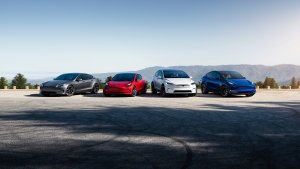
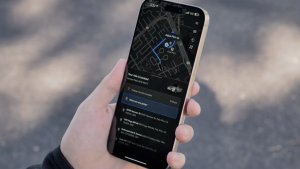
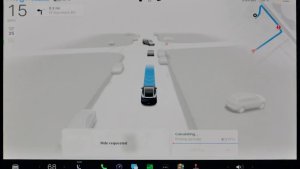
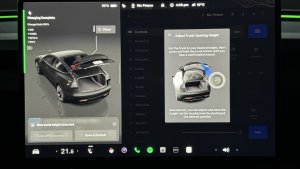
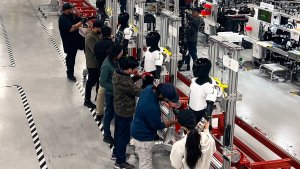
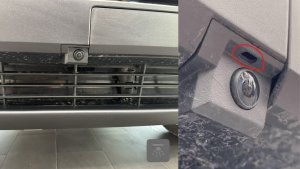


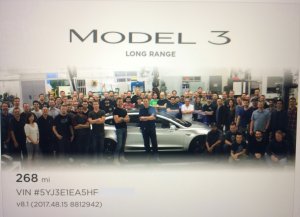
![Tesla's 2025 Q1 Earnings Call: How to Listen [Listen to Replay]](https://www.notateslaapp.com/img/containers/article_images/multiple-models/group_81.jpg/b2695a53b51e4c7927802deba2534b09/group_81.jpg)
